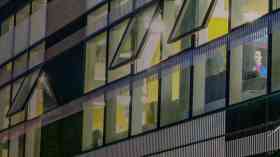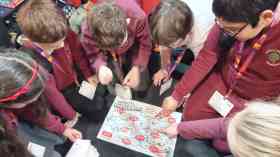Action Mats create resources for primary and early years children focussing on movement skills and active learning.
Supplier Focus
Latest Supplier News
Borg & Overström is a UK manufacturer of premium drinking water solutions. For over 20 years Borg & Overström has developed sustainable, bottle-less, hygienic, drinking water dispensers with the aim to provide exceptional, safe, self-service drinking water into schools, universities, workplaces and communal spaces.

 The past five years has seen significant investment in public parks and play areas and a substantial amount of this impetus was generated by the national play strategy launched by the government in 2008.
The past five years has seen significant investment in public parks and play areas and a substantial amount of this impetus was generated by the national play strategy launched by the government in 2008. 








